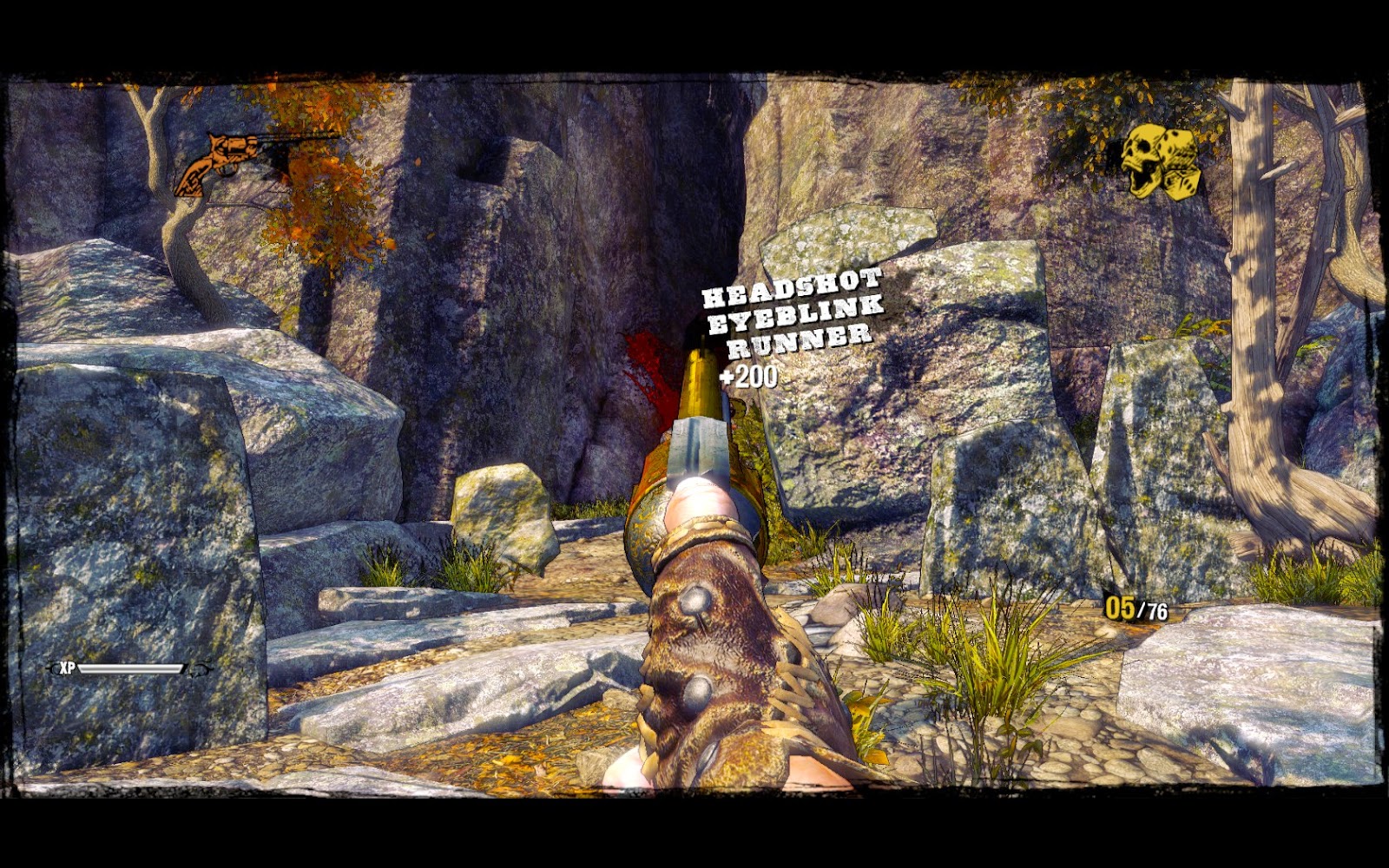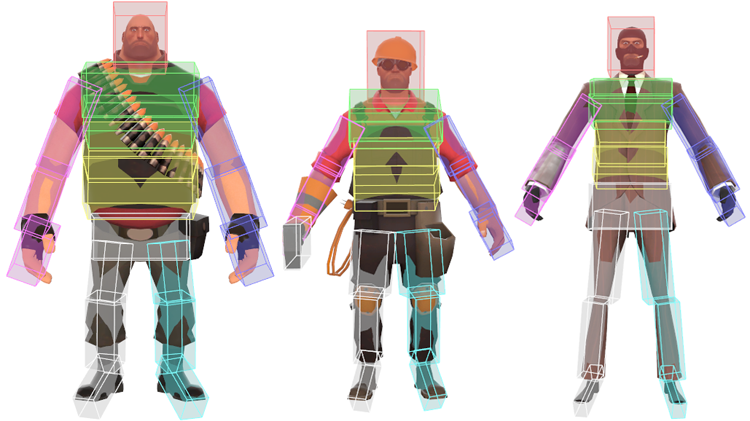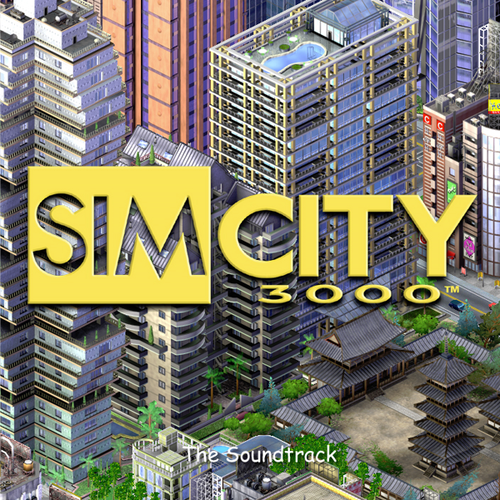Simulation of a City, 2015
The city appears barren until citizens move in.
Cities: Skylines isn't SimCity.
This is both it's biggest strength and greatest weakness.
Anyone that's been watching the industry has heard about the death of one of simulation gaming's most beloved names, Maxis, and it's no secret that the studio's closure was related to the underwhelming performance of it's last two games. Chief among these was SimCity [2013], a game that almost single-handily proved the folly of improper always-online implementation. Sure, Diablo 3 had a rocky start too, but the difference is that once the connection issues of Diablo 3 were solved the underlying game was still fun, and that simply wasn't the case with SimCity13. The cities were to small, the options were to limited, and the game wasn't all that fun to play.
City building simulations are a niche game, but among the niche titles they usually come out as one of the more popular, with titles like the Anno series, Banished, or the impossibly difficult Dwarf Fortress serving as popular outlets for any budding civil planner. The undisputed king of these games, however, was the SimCity franchise, proving to be almost as popular as it's life-sim cousin. However, when the king is dead, someone has to wear the crown. That's where 19 people from Finland and Paradox interactive came in with their recent release of Cities: Skylines.
Civil Planner
Cities' tilt-shift filter makes for some great picture-esque scenes.
Let's just get this out of the way: for all intents and purposes, Cities really is just SimCity 2015. There's no denying the obvious similarities between the two games, with Cities borrowing everything from the various color codes used in SimCity, down to the tilt-shifted toy-like look of the former game's 2013 outing. The two games are so similar that former SimCity developers have even started creating content for Cities, and the developers themselves admitted that the game was green-lit because of SimCity's failure.
The truth is, there's only so much you can do with a game about civil planning before it draws comparison to SimCity. Any game that has you drawing roads and placing buildings is just SimCity, the only difference is most games don't look this similar. The idea of Cities is to be what SimCity wasn't, to be the better game, and in this regard it succeeds masterfully.
Additional Pylons
Fire seems to be the worse issue you'll have to deal with, and doesn't spread in the native game.
Enough talking about a game that didn't work, let's look at why this one does. The idea of Cities is simple, draw roads, place buildings, balance the budget, and make your city profitable while increase the population. That's really all there is, since Cities doesn't include a scenario mode like some games do. The drive here is to constantly make your city bigger and better, slowly but surely unlocking Milestones that grant access to different buildings and services.
This brings me to one of my biggest complaints about Cities, in that there's really no end-game. Like I said, outside of unlocking these Milestones there's no objective for Cities, aside from what you assign yourself. That's fine, but there's also no challenge past a certain point. If you rig it correctly your city will start generating so much money that any issue becomes trivial. Worse, unlike it's inspiration, there's no randomized events like natural disasters or wide-spread fire that will require your attention. If your city makes it past the three hour mark, it's almost a guarantee that, barring any accidental flooding, your city will make it to the 30 hour mark. There's no sense of urgency to your building, and while this means you can just relax and enjoy the game at your own pace, it also means I wasn't as engaged as say Banished or SimCity 3000 because there wasn't any reason for me to be engaged.
That's not to say there's no gameplay. The early game stages of Cities are a flurry of activity as you plan out your city. You'll need to decide where to place all of your different zoning types, keeping just enough space between them to prevent traffic issues while also keeping them close enough to benefit from one another. You'll need to place down city services and carefully balance between your spending and your revenue. Unlocking the ability to draw districts will allow you to control industrial specialization and what ordinances are enacted where, and you'll be expanding outward as fast as your income lets you. This is where Cities shines as you rapidly create bigger and better cities, rigging up intricate traffic systems and making sure utilities go to where they're needed most.
Land Survey
Sewage will need to be pumped out, keeping your city clean but ruining the water.
Despite it's arguably boring subject matter, Cities is a bright and vibrant game, not shying away from color in either it's in-game graphics or the UI. Borrowing heavily from you-know-where everything is nicely color-coded and easy to use, with tool-tips aplenty to help you get a sense of what's going on. There's a nice variety of color throughout, with plenty of visual feedback for things like natural resources, pollution, and traffic flow. Cities even features a camera mode to remove the UI and just let you watch your city grow, and the tile-shifted camera makes everything seem childlike and inviting.
It's unfortunate that nothing within the game really changes however. There's no weather system, or even a day-night cycle in the base game. That's a minor complaint, especially given size of the team working on Cities, but it is a noticeable issue. Even more glaring of an oversight is the inability to affect the geography of the map while your playing on it. Buildings and road systems tend to do this automatically, but it's unfortunate that you can't create dynamic rivers or mountains by yourself. Less a God-sim, more of a county planner-sim.
Thankfully Colossal Order didn't make a colossal mistake, and not only does Cities work with mods, it seems like the entire game was built to be modded. Mere hours after release the Steam Workshop page was overflowing with mods, adding everything from day/night cycles and spreading fire, to pictures of Gabe Newell's face as a map or a giant dong building that would randomly sprout up. (heh)
Cities: Skylines isn't SimCity, but nor is it it's own creation. This is a game built for the love of a genre that's not afraid to admit it's own influences. It's the perfect time sink, a way to kill an afternoon watching something grown, and an homage to a series now dead. Cities Skylines isn't SimCity, merely it's tombstone and eulogy.



















































